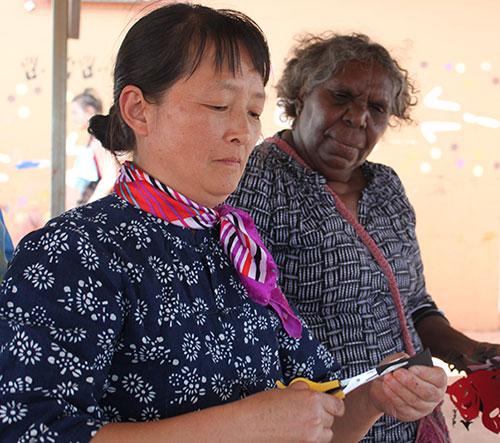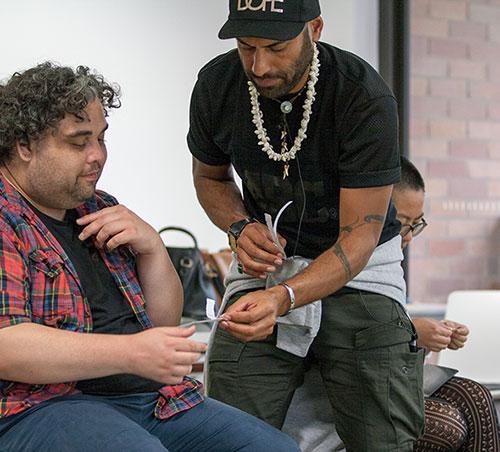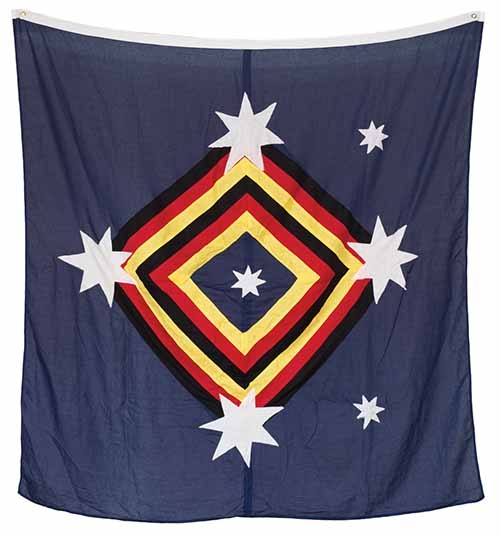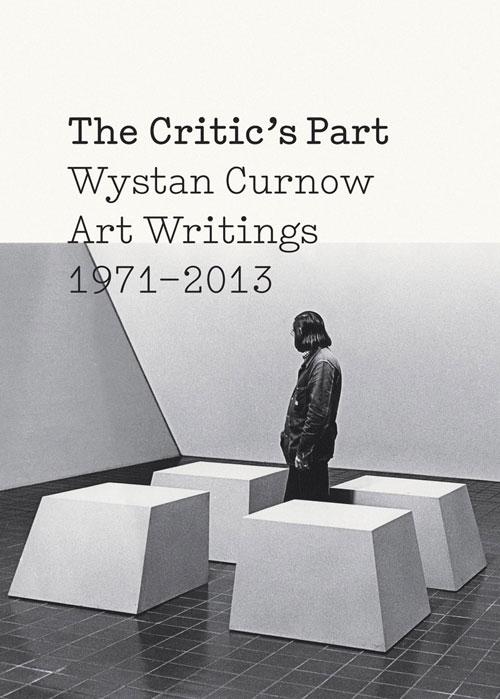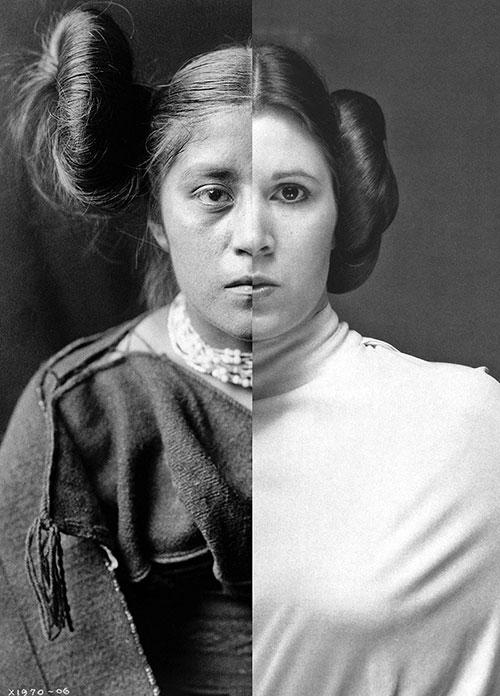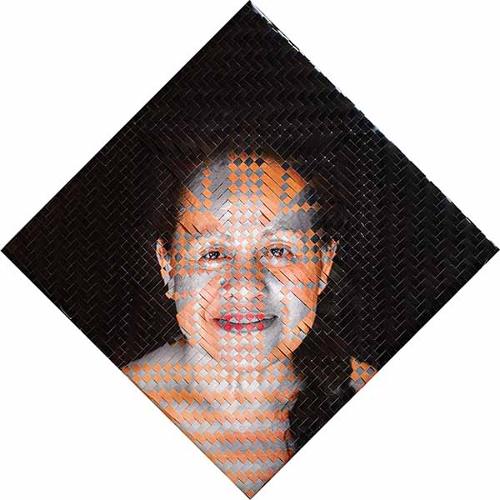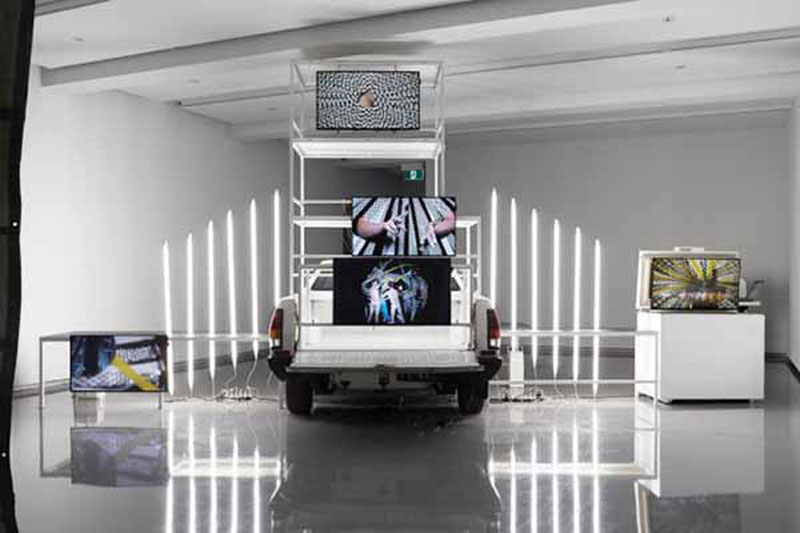
It’s often said that the success of a show lies in its ability to winkle a spot, hopefully permanently, in the corner of one’s mind. Justene Williams’ exhibition The Curtain Breathed Deeply was one such show. Developed through a Catalyst: Katherine Hannay Visual Arts Commission it is accompanied by a major new monograph. Presented at Artspace, Sydney and the Monash University Museum of Art, Melbourne (MUMA) as a co-production between the two spaces, Williams invited viewers to become part of an irreverent wonderland of often frenetic, occasionally symbolic and always art-historically layered, over-the-top installations: a riot of moving image, dance, storytelling, objects and sound.
The exhibition’s initial effect was sparkle and glitter. This was bacchanalia with a good dose of hippy psychedelia and voodoo fetish, with a good dose of kitsch for good measure. Reflective surfaces abounded, from the exhibition entrance that was blocked by a series of horizontal reflective-covered battens, through the many curtains that divided the space, to the shiny shiny surfaces of many of the works. There was plenty of nudity and jiggly body bits, from builders’ bare bottoms (with the white bits exposed), to a shaved pudenda framed through a peephole target made of ticker-tape black and white checks.
Williams nods knowingly to 20th-century artistic precedents. It’s a little like playing spot the celebrity: Dada happenings, film and dance; Kurt Schwitters’ psychologically disorientating installation Merzbau (1919-37); Constructivist architecture and Surrealist film; Picasso and Leger’s collaborative ballet projects; the 1920s Cabaret Voltaire; Noh theatre traditions from Japan; and the lightworks of American Minimalist grandfather, Dan Flavin. They’re all there, albeit in an arcane mash-up of coded language and form.
Contemporary art also gets a nod, and these performances, rethinking of histories and questioning of roles and gender clearly acknowledge the legacy of object, installation and performance by irreverent LA artists Paul McCarthy and Mike Kelley. With the scatological McCarthy, there’s a shared experimental approach to performativity, use of colour, light and sound, and video footage and post-production effects that create disturbing psychologically charged spaces. Williams’ cheap $2 shop materials, masking tape, fashion fabrics, acres of bling, and the appropriation and re-appropriation of everyday items including a small swimming pool shell and a white ute, offer an inverted feminist repurposing of models and materials that goes beyond the realms of those she acknowledges.
While it’s easy to see these installations as all sparkle and razzle, not all is sunshine. Milk Seeped in Bread and Rocked the Leg (2012–13) was first made as a means of dealing with Williams’ father’s illness from mesothelioma, later becoming a means to remember the things they had shared, and could no longer do. Felt mushrooms and fungi growing and protruding from black garbage sacks could well be edible, or equally, toxic. The curtain alluded to in the title of the exhibition refers to theatrical traditions, where, with a sweep of red velvet, untold wonders and surprises are revealed.
In a domestic context, it’s a form of window dressing that keeps in the warmth, while in hospitals curtains hang loosely and offer a meager form of privacy between one patient and the next. References to owl figures, voodoo rituals, the yeti character, and dressing up (however joyous) cannot help but remind us that things that go bump in the night are not always sweetness and light.


